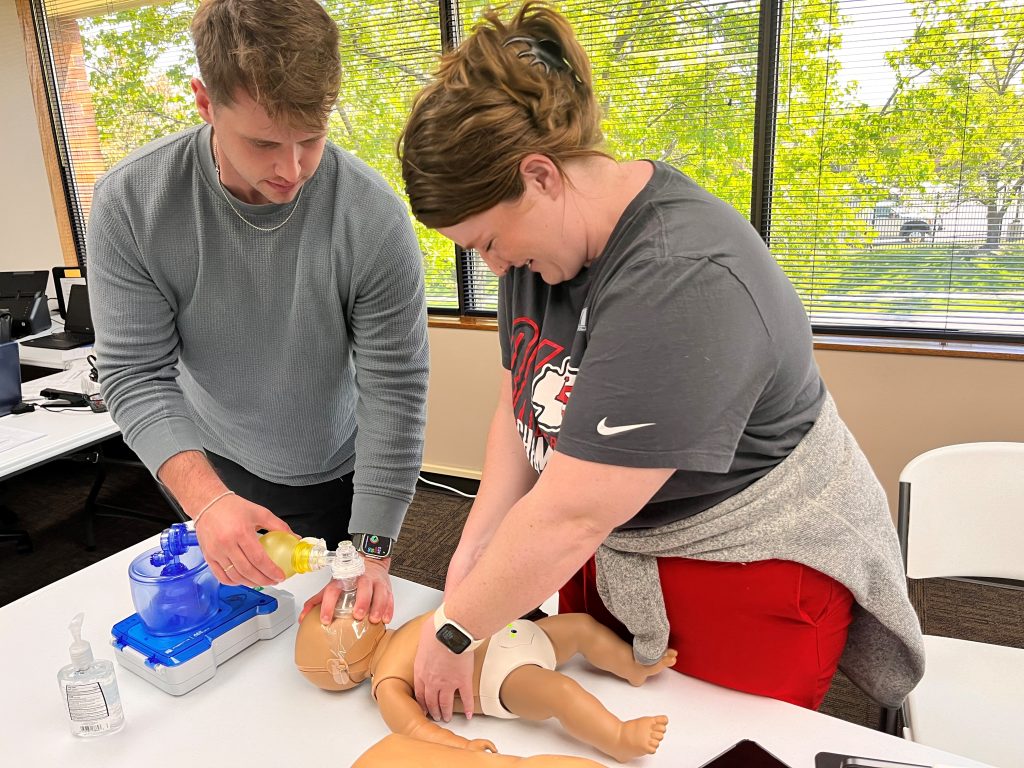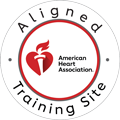Landscape of CPR: Keeping Pace with AHA Updates
In the rapidly evolving world of healthcare, staying current with life-saving techniques like Cardiopulmonary Resuscitation (CPR) is crucial. The American Heart Association (AHA), a leading authority in CPR guidelines, consistently updates its recommendations to reflect the latest research and best practices.
For anyone trained in CPR—whether healthcare professionals or lay rescuers—keeping pace with these updates is essential to ensure that the techniques used are both effective and aligned with the most current scientific evidence.
Why CPR Guidelines Change
CPR techniques are not static. The AHA’s commitment to regular updates stems from its dedication to improving survival rates and outcomes for cardiac arrest victims. As new data emerges from ongoing research in resuscitation science, and as medical technology advances, the AHA adjusts its guidelines to incorporate the most effective methods.
These changes are vital because they translate the latest scientific knowledge into practical instructions that can be applied in real-life emergencies.

Call Us Now
Get the Best CPR Class in Kansas City Today!
Key Updates in Recent AHA Guidelines
One of the primary reasons CPR guidelines change is the continuous flow of research in resuscitation science. Scientists and medical professionals constantly study the physiology of cardiac arrest and the effectiveness of various CPR techniques.
For example, research into the optimal depth and rate of chest compressions has led to adjustments in how CPR is performed. Additionally, advancements in medical technology, such as the development of more sophisticated Automated External Defibrillators (AEDs), also drive changes in guidelines. These devices are now more user-friendly and effective, leading to updates in how they are integrated into CPR procedures.
Furthermore, the analysis of real-world CPR outcomes—how patients respond to CPR outside of a controlled environment—provides valuable feedback that informs future guidelines. By analyzing what works and what doesn’t in actual emergencies, the AHA can refine its recommendations to improve survival rates.
The Impact of Updates on CPR Training
Several key updates have been made in recent AHA guidelines that reflect these ongoing advancements. For instance, the recommended compression rate and depth have been fine-tuned to maximize blood flow during CPR.
The AHA now recommends a compression rate of 100 to 120 compressions per minute and a depth of at least two inches for adults. These adjustments are based on evidence showing that high-quality compressions are critical to improving the chances of survival.
Additionally, the importance of allowing full chest recoil between compressions has been emphasized, as it enables the heart to refill with blood between each compression, making the next one more effective.
Minimizing interruptions in compressions is another crucial update, as continuous chest compressions are essential for maintaining blood flow during cardiac arrest.
The use of AEDs has also been updated, with new guidelines on how quickly and efficiently they should be integrated into the CPR process.
The AHA has placed a renewed emphasis on high-quality CPR, underscoring that the effectiveness of CPR is not just about performing the steps but about performing them with precision and care.
Staying Current: Where to Get Updated Training
These updates significantly impact CPR training, as they necessitate changes in how CPR is taught. Training programs must continually adapt to incorporate the latest guidelines, ensuring that participants are learning the most current techniques.
This has led to a shift in teaching methods, with a greater focus on hands-on practice and the use of technology to simulate real-life scenarios. For example, the use of high-tech mannequins that provide feedback on compression depth and rate has become more common in training programs.
This allows trainees to get immediate, actionable feedback on their performance, helping them master the techniques more effectively. Regular recertification has also become increasingly important, as it ensures that individuals remain proficient in the latest CPR methods. The AHA typically recommends recertification every two years to keep skills sharp and aligned with the latest guidelines.
Benefits of Up-to-Date CPR Training
For those looking to stay current with CPR training, choosing an authorized AHA training site is crucial. These centers are equipped to provide the most up-to-date training, ensuring that participants are learning according to the latest guidelines.
CPR Kansas City is an excellent example of such a training site. As an AHA-authorized training center, CPR Kansas City offers a range of courses designed to meet the needs of both healthcare professionals and the general public.
Whether you’re seeking initial certification or need to renew your credentials, CPR Kansas City provides comprehensive training in Basic Life Support (BLS) for Healthcare Providers, Advanced Cardiovascular Life Support (ACLS), Pediatric Advanced Life Support (PALS), CPR, and First Aid. The courses are designed to be both rigorous and accessible, with a strong emphasis on hands-on practice in a stress-free learning environment.
Staying up-to-date with CPR training offers numerous benefits, both for the individual and for the patients they may one day help. First and foremost, up-to-date training can significantly improve patient outcomes. When CPR is performed using the latest techniques, it increases the chances of survival and reduces the likelihood of complications.
Additionally, staying current with CPR training boosts confidence in emergencies. Knowing that you have the most recent and effective skills at your disposal can make a significant difference in your ability to act quickly and effectively.
For professionals, up-to-date CPR certification is often a requirement for employment, particularly in healthcare settings.
By keeping your certification current, you ensure that you meet these professional requirements and are prepared to provide the highest standard of care.
Conclusion
The importance of staying current with AHA updates cannot be overstated. CPR techniques continue to evolve as new research and technology advance our understanding of the best ways to save lives.
Regular training and recertification are essential to ensure that you are equipped with the most effective skills. CPR Kansas City offers the quality, up-to-date training you need to stay at the forefront of CPR techniques.
Whether you are new to CPR or looking to renew your certification, enrolling in a course at CPR Kansas City is a smart choice that could one day help you save a life. Don’t wait—stay current, stay confident, and be prepared to make a difference in an emergency.


